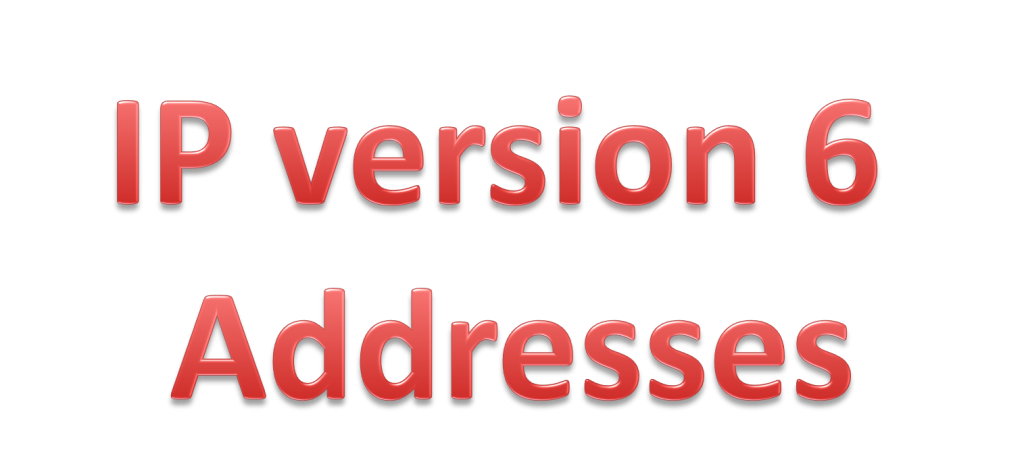Introduction to IPv6 Addresses
In the 1990s, the IETF thought about the development of the internet and the limitations and issues with IPv4 (as we discussed earlier) and began to look for an alternative. This movement led to the IPv6 address (IP version 6 addresses). IP version 6 addresses defeat the limitations of IPv4 addresses. It is a great development with features that better suit current and future network demands. It is the successor to the first Internet Protocol version 4.
In contrast to IPv4, which defined an IP address as a 32-bit value, IP version 6 addresses have a size of 128 bits. Therefore it has a vastly enlarged address space compared to IPv4. The 32-bit IPv4 address space provides approximately 4,294,967,296 unique addresses. However, the IP version 6 address space provides 340,282,366,920,938,463,463,374,607,431,768,211,456, or 340 undecillion addresses, which is almost equal to each particle of sand on Earth.
IP version 6 has three types of addresses, which are the following:
- Unicast addresses. A packet is delivered to one interface.
- Multicast addresses. A packet is delivered to multiple interfaces.
- Anycast addresses. A packet is delivered to the nearest of multiple interfaces.
The features provide IPv6 address.
- Increased address space—IP version 6 addresses have 128-bit hierarchical addressing, compared to IP version 4, which has 32 bits.
- Improved packet handling—The IP version 6 header has to be very simple, with a smaller number of fields compared to the IP version 4 packet header.
- Eliminates the need for NAT—Due to the many public IP version 6 addresses, no NAT is needed. This avoids some of the NAT-induced application problems experienced by applications requiring end-to-end connectivity.
Advantages
- Increased Capacity: IP version 6 increased IP addresses and easily accommodates more web addresses.
- Efficient Routing: IP version 6 allows for easy aggregation of prefixes assigned to IP networks. Also, reduces the size of routing tables and makes routing more efficient and hierarchical.
- More Efficient Packet Processing: IPv6’s simplified packet header makes packet processing more efficient in contrast with IPv4
- Efficient Data Flow: IP version 6 supports multicast and not broadcast. Multicast allows bandwidth-intensive packet flows to be sent to several destinations simultaneously, saving network bandwidth.
- Security: IP version 6 improved due partly to improved authentication methods built into network firewalls.
- Simplified Network Configuration: Address auto-configuration (address assignment) is built into IPv6. Which makes network configuration simple.
- Support For New Services: By eliminating Network Address Translation (NAT), true end-to-end connectivity at the IP layer is restored, which enables new and valuable services.
- Security: IPsec, which provides confidentiality, authentication and also data integrity, is available in IP version 6.
Disadvantages
- Conversion: IPv4 is still widely used worldwide, and it is difficult to convert to an IPv6 Address.
- Readability: IPv6 Subnetting can be difficult to understand. In contrast to IPv4, remembering the IP addresses will be much harder.
- Communication: IPv4 and IPv6 equipment cannot communicate directly with each other, to communicate between IPv4 and IPv4 required more configuration.
- Transition: The process of switching to IPv6 from IPv4 is very slow and boring.
- IPv6 Address is not supported in the old operating system and devices.

